|
Sylvan Runkel (1906–1995) was the coauthor of five books about midwestern wildflowers, including Wildflowers of the Tallgrass Prairie (Iowa paperback, 2009), Wildflowers of Iowa Woodlands (Iowa paperback, 2009), and Wildflowers and Other Plants of Iowa Wetlands (Iowa paperback, 2015). A vigorous promoter of conservation for many years, he was honored by the dedication of the Sylvan Runkel State Preserve in 1996.
In honor of Runkel's birthday on August 30th, we are celebrating the twelve state preserves on or near the three byways in western Iowa.
The State Preserves System is an effort to protect and maintain examples of significant archaeological, historical, geological, biological, and scenic areas for present and future generations. The five types of preserves are defined as follows:
Many preserves do not contain officially established trails, but an informal footpath often leads from the parking lot toward prominent features. Most of the preserves are easily traversed without formal trails, especially the open expanses of the prairie preserves. Many preserves are also wildlife management areas, purchased with hunting license fees and are open to hunting, fishing, and trapping.
Activities prohibited on most preserves include; driving of motor vehicles, camping, fires, horses, removal of or damage to plants, animals, and other natural materials and archaeological and other cultural materials. A few preserves are closed to the public because they are privately owned, because all access is privately owned, or for the protection of sensitive communities on the site.
For a detailed description of each state preserve, download the Iowa DNR's State Preserves Guide on the Iowa State Preserves website.
Five Ridge Prairie State Preserve
Mount Talbot State Preserve
Mount Talbot State Preserve is a 90-acre area featuring a rugged Loess Hills landscape with forested slopes and prairie-capped ridges. It is located in the northern part of Stone State Park, in Plymouth and Woodbury Counties. In 1885, Daniel Talbot acquired much of the hilly land north of Sioux City. He had an interest in nature, specifically birds. A high grassy ridge of the Talbot farm became locally known as “Mount Talbot.” In 1895, Thomas Jefferson Stone acquired the Talbot land, and after his death, his son Edgar developed it into a private park. In 1912, Sioux City bought the area and designated it as “Stone Park,” a recreational area for city residents. In 1935, Stone Park was tranferred to the Iowa Conservation Commission and became a state park. In the 1980s, a series of biological surveys by The Nature Conservancy and the Iowa Department of Natural Resources identified the Mount Talbot area of Stone State Park as a high-quality prairie. It was dedicated as a biological state preserve in 1989.
Sylvan Runkel State Preserve
Sylvan Runkel State Preserve is a 330-acre preserve containing an outstanding example of Iowa’s Loess Hills landscape, with extensive native prairie covering steep hills. The tracts comprising the preserve were acquired by the Iowa Conservation Commission in 1973 and 1980 as part of the 3,000-acre Loess Hills Wildlife Area. In 1985, the Loess Hills Wildlife Area (including the preserve area) became part of a 10,420-acre National Natural Landmark. In 1996, the preserve was established for its biological and geological significance, and named in memory of Sylvan Runkel
The preserve lies along the western edge of the Loess Hills landform region, overlooking the broad Missouri River valley, which was a major route for silt-laden, glacial meltwater flows some 14,000 to 30,000 years ago. Thick (up to 150 feet) deposits of silt blown by winds from the floodplain formed what is now the Loess Hills. The crested hills, long narrow summits, branching spurs, and steep slopes of this landscape were later developed by partial erosion of the deep loess deposits. Turin Loess Hills State Preserve
Turin Loess Hills State Preserve is a 220-acre area featuring a rugged Loess Hills landscape with an abrupt west-facing ridge. It is located in the southern unit of the 3,000-acre Loess Hills Wildlife Area, 2 miles north of Turin and 7.5 miles east of Onawa in Monona County. The Iowa Conservation Commission purchased the area in 1974. In 1978, the area was dedicated as a biological and geological state preserve and became part of a National Natural Landmark in 1986.
Located on the western edge of the Loess Hills landform region, the preserve overlooks the broad Missouri River valley, which was the source of the silt now forming the hills. Characterized by a series of steep ridges with narrow crests and very steep side slopes, it is an excellent example of the unique “peak and saddle” topography of the 60- to 150-foot-thick loess deposits that developed 14,000 to 30,000 years ago from wind-blown silt. Within the preserve, the one- to three-yard-wide ridges and numerous side spurs are covered with native prairie vegetation. Numerous ravines are forested primarily with bur oak and eastern red cedar trees. Vincent Bluff State Preserve
Vincent Bluff State Preserve was dedicated as the 95th State Preserve on May 16 2009. Vincent Bluff Prairie Preserve is a cooperative venture between the City of Council Bluffs, Iowa Natural Heritage Foundation and the LHPS to preserve a unique urban prairie in the Loess Hills Landform. The preserve is located in the heart of Council Bluffs; the City owns the land. The Iowa Natural Heritage Foundation was the vehicle through which primary acquisition of the property was made possible. LHPS, through an agreement with the City of Council Bluffs, provides for the management and restoration of the preserve. Numerous other sponsors, volunteers and organizations worked to make the project come to fruition as well.
Glenwood Archaeological State Preserve
The Glenwood Archaeological State Preserve is Iowa’s 96th dedicated preserve. Only a few preserves have significant archaeological resources. The Glenwood Archaeological State Preserve is one of those few with significant archaeological resources. There are 107 recorded archaeological sites in the Glenwood Archaeological State Preserve, ranging from about 10,000 years in age to the early Euro-American settlement era, 150 years ago. Most significant are 27 earth lodge sites in the preserve that are related to the Glenwood Culture, also known as the Nebraska phase of the Central Plains tradition. Only a small fraction of the preserve has been archaeologically surveyed, so many more sites probably exist in the preserve.
The Glenwood Archaeological State Preserve is a low impact recreation area, meaning that no public activity can impair the integrity of the site. The site hosts multi-use trails ready for running, hiking, biking and wildlife observation. Aside from the archaeological sites within the property, one can also find forest, oak savanna, native prairie, restored prairie and agricultural grounds on the site. Dinesen Prairie State Preserve
Derald Dinesen’s gravestone can be seen on the top of the hill and from this vantage point a wonderful overlook of the preserve can be seen. Two stone benches in the parking area are placed in memorial of Dean L. Frederickson, a prairie advocate from the area. In 1983, the preserve came under control of the Shelby County Conservation Board.
The gently rolling native prairie, with its loess-topped ridges typical of the western portion of the Southern Iowa Drift Plain, was formerly hayed every fall. A ridge crosses the preserve from west to east with a gradual drainage eastward to the wide valley of the Nishnabotna River. It is covered with waist-high prairie grasses. Porcupine grass and prairie horsetail are seen here, along with Junegrass, sideoats grama, Indian grass, and Canada wild rye. Forbs are abundant and showy during the growing season, with at least 114 species of plants. In the spring, beautiful swells of prairie phlox, indigo bush, hoary puccoon, blue-eyed grass, lousewort, and bird’s-foot violet wave across the prairie, followed by the summer flowers of Canada anemone, rattlesnake master, prairie turnip, prairie coreopsis, leadplant, New Jersey tea, compass plant, and gayfeather. Fall’s flora includes several asters, blazing star, Maximillian sunflower, and stiff goldenrod Sheeder Prairie State Preserve
Sheeder Prairie is a 25-acre tallgrass prairie. It is located five miles west of Guthrie Center in Guthrie County. The property was purchased in 1961 by the Iowa Conservation Commission from Oscar and Clara Sheeder, the son and daughter-in-law of the original homesteader. It was dedicated as a biological state preserve in 1968.
This preserve lies within the Southern Iowa Drift Plain, a landform region of gently rolling terrain. Over 200 plant species are found in this preserve, including thirty grasses. The prairie hilltops and slopes contain big bluestem, little bluestem, porcupine grass, and prairie dropseed along with leadplant, rosinweed, prairie willow, and redroot. Prairie phlox, golden alexanders, flowering spurge, rattlesnake mas- ter, purple coneflower, and grayheaded coneflower are also common. The wooded ravines are dominated by box elder, wild plum, and black willow Pellet Memorial Woods State Preserve
A 20 acre tract containing 8 acres of native woodland that was established as a wildflower preserve in 1908. It is known to contain over 120 species or plants. Some of which are marked along the trail.
In the spring of 1907 Frank Pellett returned to Cass County with his wife and first two children. He was planning to live his life as a naturalist and beekeeper. Frank was concerned because many of the wildflowers that were abundant during his boyhood were threatened with extinction. After his death, the Iowa Horticultural Society and the Iowa Beekeepers Association dedicated the five acres Frank set aside in 1907 to his memory. His children arranged with the Iowa State Preserves Advisory Board, to dedicate eight acres including five acres of the Memorial Woods as an Iowa State Preserve. On January 11, 1984 the Pellett's deeded 12 more acres to the state making a total of 20 acres in the Pellett Memorial Woods. Since 1987, the area has been owned by the State of Iowa and managed by the Cass County Conservation Board. Wittrock Indian Village State Preserve
Steele Prairie State Preserve
T. H. Steele Prairie is a 200-acre native tallgrass prairie, consisting of a 160-acre tract and a separate 40-acre tract. It is located 10.5 miles north of Cherokee in northern Cherokee County. This is one of the largest prairies remaining in Iowa outside of Loess Hills. Dr. Ada Hayden initially visited this prairie (which she termed “Cherokee No. 2”) in 1945 and recommended that it be protected. The prairie had been used as a hayfield by the Steele family since 1880. The Nature Conservancy and the Iowa Department of Natural Resources jointly purchased the site from the Steele family in 1986. It was dedicated in 1987 as a biological and geological state preserve during “Prairie Heritage Week.”
The preserve’s terrain is characteristic of the gently rolling topography of the Northwest Iowa Plains, which was last glaciated 20,000 to 30,000 years ago during an early phase of Wisconsinan-age glaciation. Most of the vegetation in the preserve is comprised of mesic prairie on uplands, with smaller areas of wet prairie communities along drainageways. The mesic uplands are dominated by big bluestem, prairie dropseed, and porcupine grass with myriad colorful wildflowers. The lower wet swales are dominated by sedges, blue-joint grass, and prairie cordgrass. By May, hoary puccoon, prairie violet, bastard toadflax, golden alexanders, and violet wood sorrel can be found blooming and are joined by blue-eyed grass, prairie larkspur, and leadplant in June. By July, the early spring flowers have faded and are replaced by pale purple coneflower, butterfly weed, rattlesnake master, New Jersey tea, gray-headed coneflower, blackeyed Susan, and silvery scurf-pea. By August, compass plant and prairie blazing star are blooming. Fall brings sneezeweed, stiff goldenrod, smooth blue aster, and downy gentian. Nestor Stiles State Preserve
Nestor Stiles Prairie State Preserve is a 9.5-acre area featuring a small tallgrass prairie. The prairie was given to the Iowa Conservation Commission in 1981 by Marguerite S. Whiting in honor of her father, Nestor Stiles, a banker and a conservationist who protected several natural areas throughout the county. The prairie was dedicated as a biological state preserve, also in 1981. The level to gently rolling topography of the area is typical of the Northwest Iowa Plains landform region, which was last glaciated 20,000 to 30,000 years ago. The prairie, located on a knoll in the southwest corner of the preserve, contains many prairie species, including big bluestem, porcupine grass, prairie dropseed, compass plant, white false indigo, and New Jersey tea. The lowland area along a stream is dominated by Jerusalem artichoke and willows.
0 Comments
You may remember Danelle Myer from our earlier post about One Farm Market in Logan. We visited Danelle again, this time at the farm during the peak of the growing season. Danelle grew up on a conventional rowcrop farm in the rolling hills of southwest Iowa, near Logan in Harrison County. She moved away for college, where she studied public relations, then worked in PR and marketing for more than 15 years. During that time she liked gardening and cooking, but enjoyed her work and wasn’t looking for a career change. Danelle became interested in healthy eating and learned about the benefits of organic agriculture and food. When she realized the opportunity and incredible privilege she had with access to family land, Danelle decided she wanted to grow food for her hometown community. She was accepted into an apprenticeship program at University of California-Santa Cruz Center for Agriculture & Sustainable Food Systems, where she learned about sustainable and healthy food production. She then moved back to Logan and started One Farm. Currently One Farm is growing several of types of potatoes. cabbage, peppers, green beans, tomatoes, chard, parsley, beets, rhubarb, cukes, summer squash, and more. One Farm Market is the primary sales outlet, and the store recently moved to a larger space. One farm also has Thanksgiving Bounty Boxes that sell out every year--order yours here!
Cottonwood Hill Farms on the outskirts of McClelland in Pottawattamie County is a multigenerational livestock farm. John Springhower’s grandparents started farming what is now Cottonwood Hill Farms in 1955, and his grandmother lived in the house until 2020. John started farming the entire farm in 2013 with corn and soybeans. John’s dream of farming full-time came to fruition in 2021. After learning about environmental, human health, and economic concerns related to conventional rowcrops and the Standard American Diet, John decided to transition the farm primarily to livestock production, starting with grass-fed beef. He later added pigs and chickens, then a dairy herd last year. In 2021 Cottonwood Hill Farms purchased 21 head of cattle, including 18 dairy cows. Today they are milking 10 cows. They stopped using anhydrous fertilizer, sythentic chemicals, and genetically modified seed and feed. The livestock also no longer consume soy products. Their cattle are primarily Jersey, with some red angus, shorthorn, highland, Aubrac mixed in. The milk protein is A1/A2, but they are moving towards more A2 for the health benefits. The chickens include free-range layers and broilers. Some of the land on the farm had poor soil health due to many years of rowcrop production, and John wanted to improve the soil health. A rotation of alfalfa and oats has replaced soybeans and corn. Cattle are also rotated through paddocks regularly, and the chicken tractors are moved daily. In the spring, fresh cows are rotated daily, but dry cows and the bull are moved less frequently. Pastures include a mix of cool- and warm-season grasses like orchard grass, rye, timothy grass, and fescue. Some native species like big bluestem have made an appearance recently, a welcome sight indicating that soil health is improving. Eventually they would like to be able to raise all the feed to last throughout the year. They also get mushroom blocks from Terra Firma Fungi to create healthy compost for the soil. As of August 2023, Cottonwood Hill is taking a break from beef and pork to focus on the dairy. They currently are getting just over 20 gallons per day, but that can vary throughout the year. Food safety is of utmost importance for the dairy. Milking equipment is cleaned with Dawn dish soap and vinegar, and they avoid synthetic chemicals on the livestock and equipment.
Just this year, the State of Iowa legalized on-farm sales of raw milk with numerous restrictions and requirements, however, Cottonwood Hill Farms does not sell their milk. Their milk is obtained through a “Herdshare Program” where they are developing a community of like-minded folks, and plan to do more on-farm events in the future. Adam Junge’s family has a long history of farming, starting in east Omaha in 1890. Adam has continued that tradition and started farming at his current location between Council Bluffs and Underwood 4 years ago. Junge Produce grows a wide variety of vegetables as well as some fruit, bedding plants, hanging baskets, and eggs depending on availability. You can buy their produce starting in spring with early crops like asparagus, well into the fall with pumpkins and squash. They grow on five acres at their home and have an additional four acres at a farm just down the road. They avoid spraying herbicides and use organic pest control for some crops, so weeding is a constant battle. Adam is currently farming full-time with help from his wife Erin and their two children.  They have an on-farm market on Monday, Wednesday, and Saturday. They also sell at the Council Bluffs Farmers Market on Thursdays, Underwood Farmers Market, Treynor Farm, and Florence Mill Farmers Market. Learn more at their Facebook page: https://www.facebook.com/jungeproduce
Heath and Katie Hoppes started Hidden Hollow Farm in 2015 with a hay, small grains, and corn rotation on about 80 acres in the Loess Hills of Pottawattamie County. The Hoppes family’s goal was to grow more of their own food, know how it was raised, and to become more self-sufficient. Their crops have been Certified Organic since 2018. This year they had about 50 acres of hay, which is used to feed their cattle during the winter months. In addition to crops, they started raising broiler chickens in 2018, then later added pigs, and finally Aberdeen cattle. They raise 10-15 hogs per year, and currently have 30 head of cattle. The cattle are primarily grass-fed but do eat some spent grains from Full Fledged Brewing in Council Bluffs. They are rotated on several paddocks of grass including both native prairie species and brome. The hogs and cattle are processed at KB Meats in Blair, NE. Hidden Hollow typically has 2-3 batches of broilers per year, and a batch of turkeys each fall that are ready just in time for Thanksgiving. Customers can also order online or contact the farm to pick up on the farm. They also sell at the Council Bluffs Farmers Market. While they encourage you to try their products, they also want to promote local foods more broadly and support other local farmers.
Learn more by visiting their website, Facebook page, and Instagram. Emily & Nathan Paulsen, started Brun Ko Farm in 2015, with a milk cow and a few bottle calves. Since then, they have relocated twice, and finally landed at their current location east of Elk Horn in 2017. They started with 6 acres and have scaled up to 15. Unfortunately due to regulations and restrictions, they realized a dairy farm would be extremely difficult and have pivoted their focus to meat and vegetables. Brun Ko means Brown Cow in Danish, a nod to the area’s Danish heritage. Emily & Nathan currently have a small herd of Aberdeen angus, along with pigs, laying hens, and broiler chickens. They also graze sheep for Harrisdale Homestead periodically through the summer. Their beef, pork and lamb is processed at Anita and Minden lockers, while their chickens are processed at Duncan Poultry. During late winter/early spring, Emily starts her seeds in a heated greenhouse but for fall crops, she uses a carport with shade cloth. Emily uses soil blocks as an alternative to plastic containers. Brun Ko prefers to use Beautiful Land soil c3 when making soil blocks. In addition to starting vegetable transplants, Emily also grows flowers for companion planting to attract beneficial insects to the vegetable fields. Brun Ko grows tomatoes, lettuce, carrots, cabbage, onions, beans, peppers, and herbs on about ¼ acre. This year they are growing sweet potatoes for the first time. They have also planted asparagus, fruit trees, and berries, which take a few years to produce at scale. In addition to their meat and eggs, Brun Ko Farm is probably best known for their lettuce and spring mix. They currently have about 3 cow/calf pairs, 100 laying hens, 200 broilers twice a year, and 4 pigs. Meat can be purchased in wholes and halves and as individual cuts. Emily & Nathan are finishing up work on a new pack shed that will improve their ability to wash and prepare crops from the field for market. This will also help them scale up vegetable production. You can find Brun Ko’s products at Produce in the Park on Thursdays from 4:30 to 6:30 at the Atlantic City Park. They also sell through Farmtable Delivery. The Kringle Man in Elk Horn sells their produce, and One Farm Market in Logan sells their meat.
Visit their website and Facebook page to learn more about Brun Ko Farm. |
Archives
June 2024
Categories
All
|
Address712 South Highway Street
P.O. Box 189 Oakland, IA 51560 |
ContactPhone: 712-482-3029
General inquiries: [email protected] Visit our Staff Page for email addresses and office hours. |
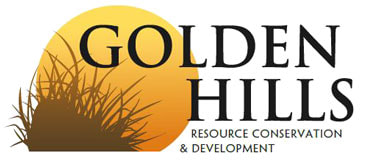

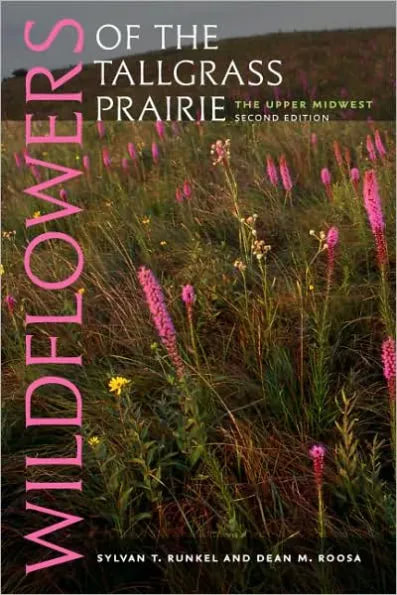




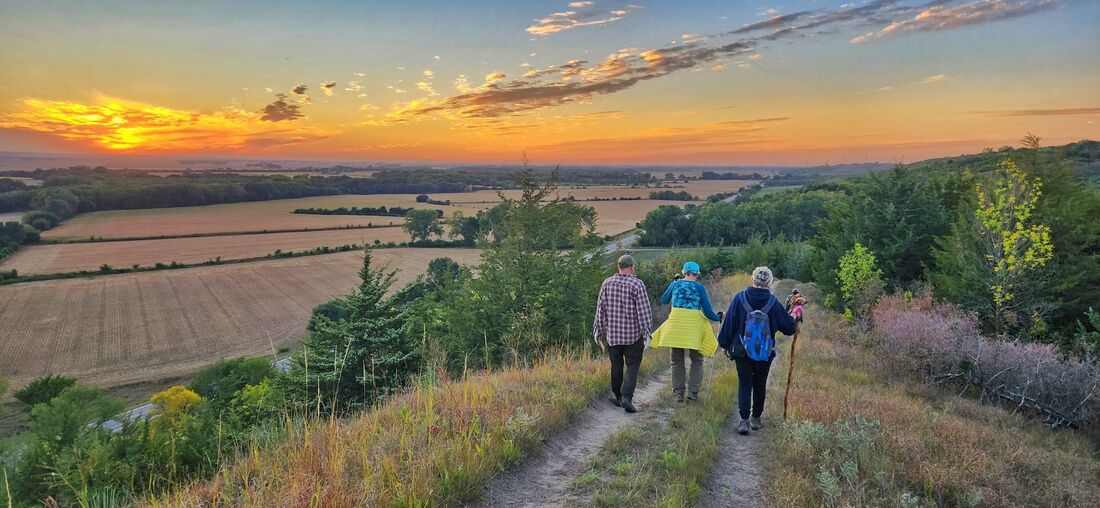








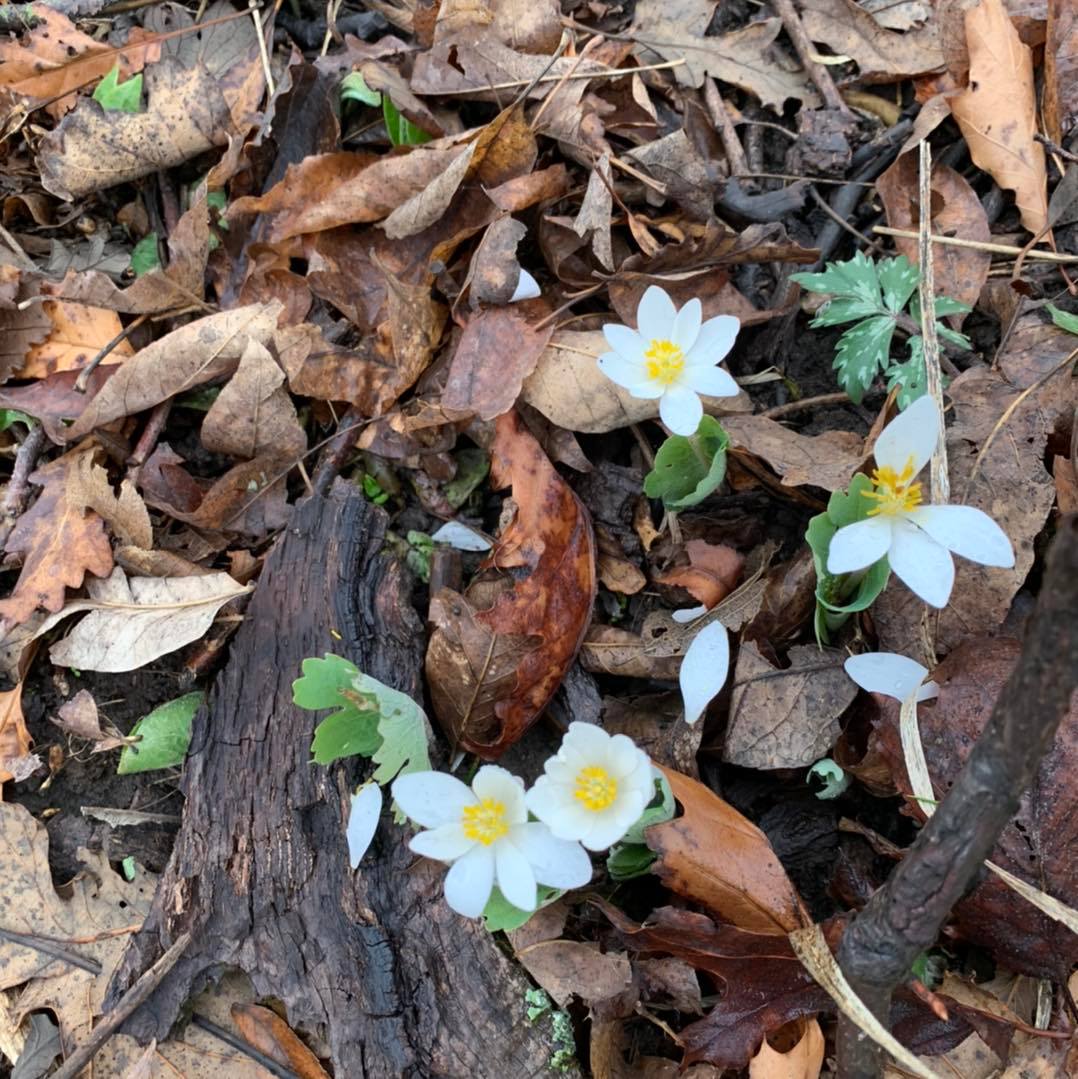







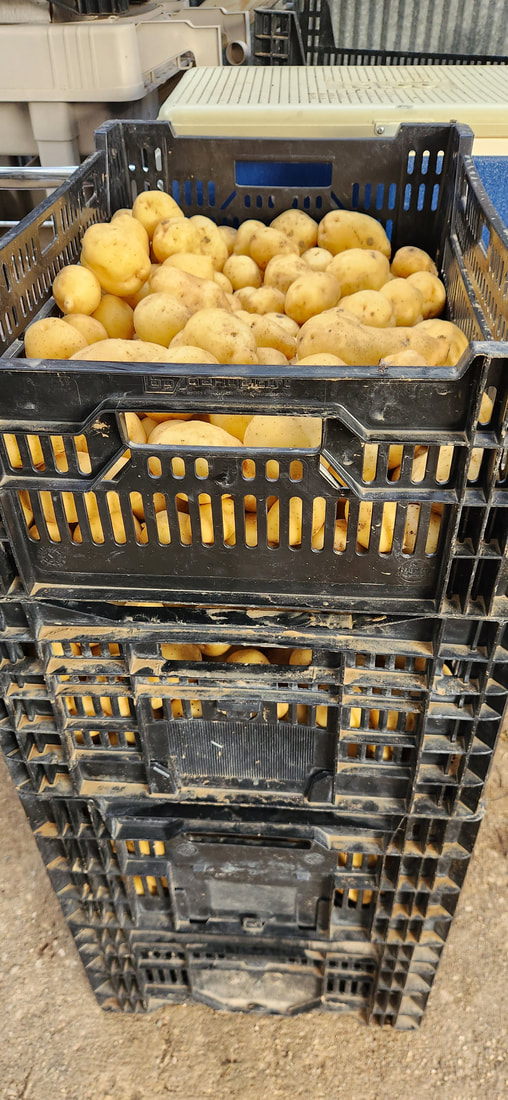




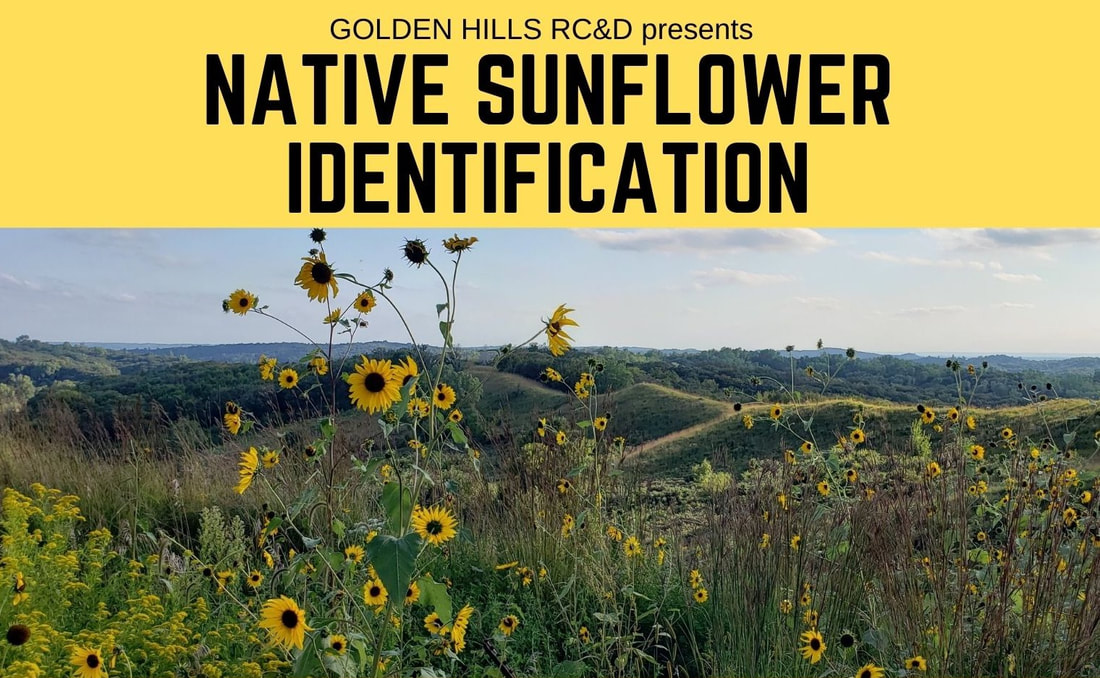








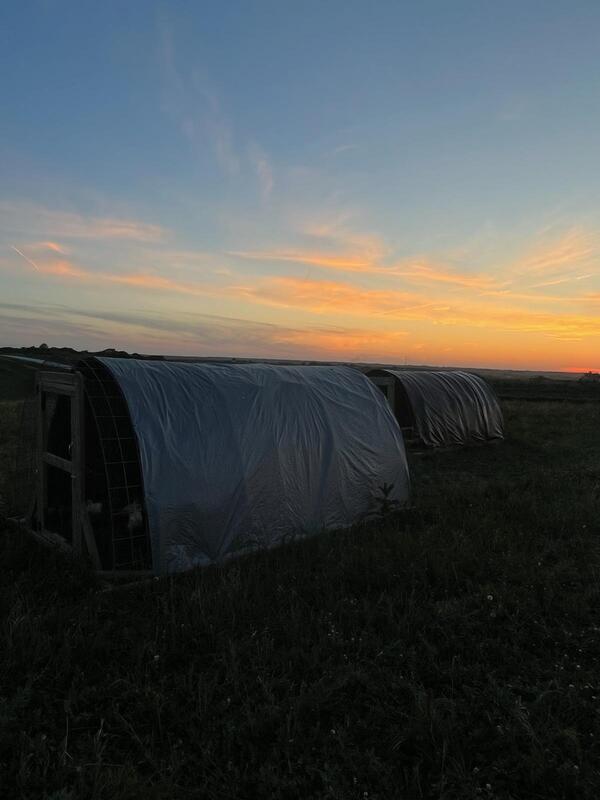


































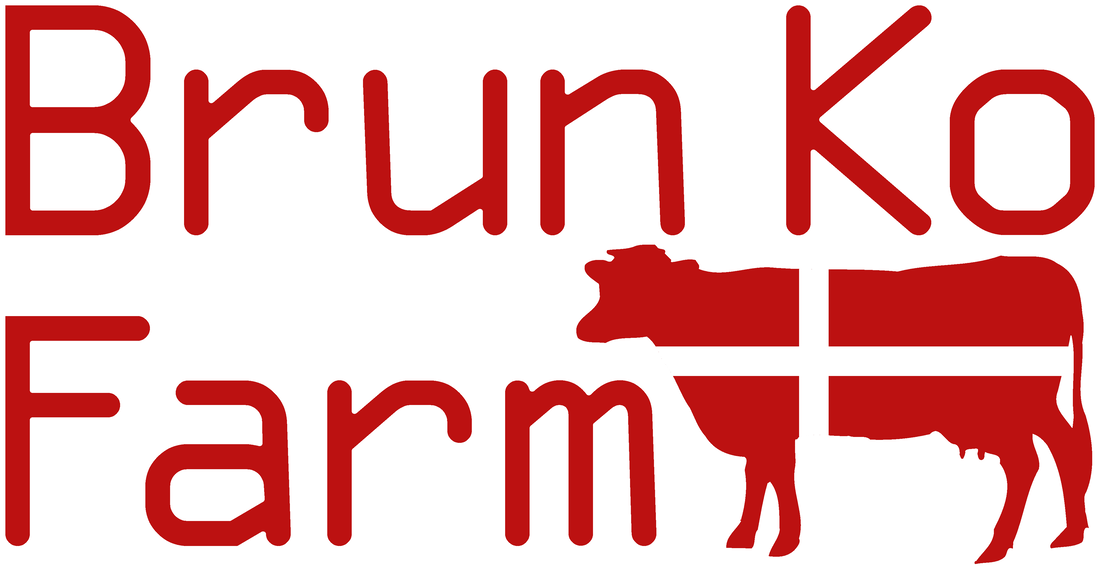
 RSS Feed
RSS Feed